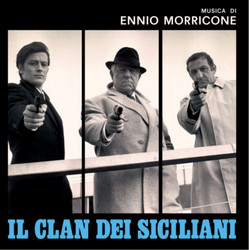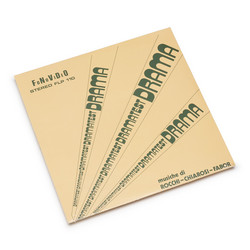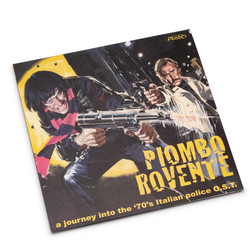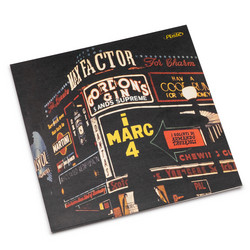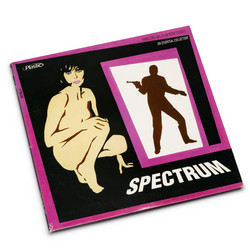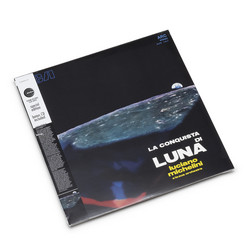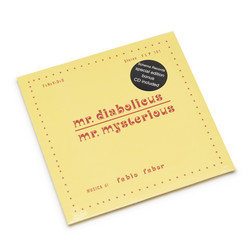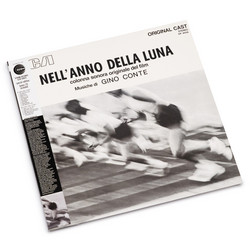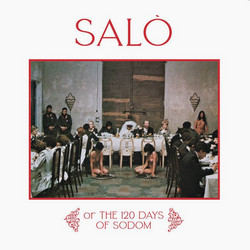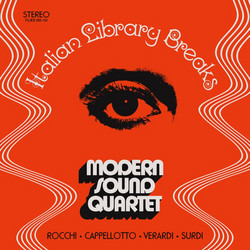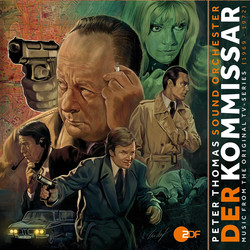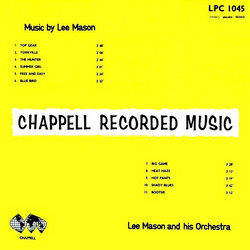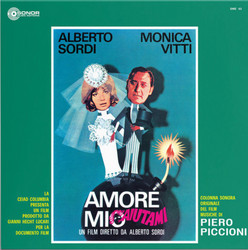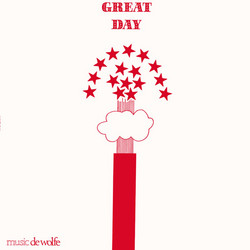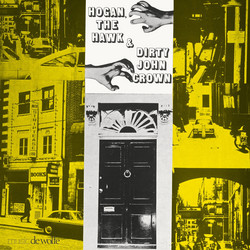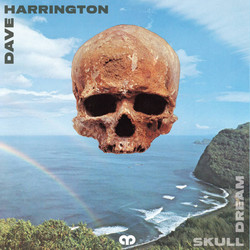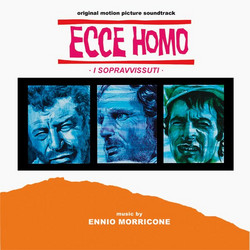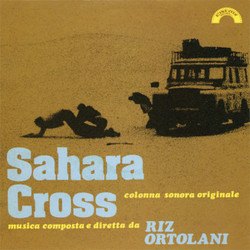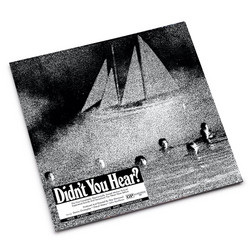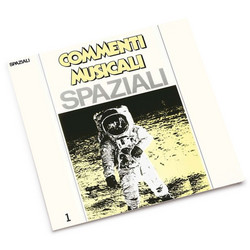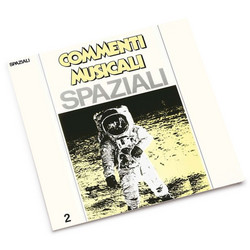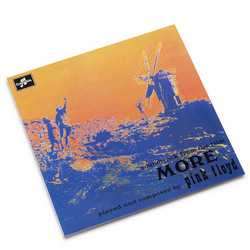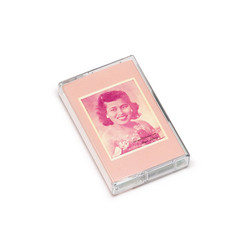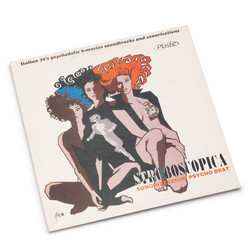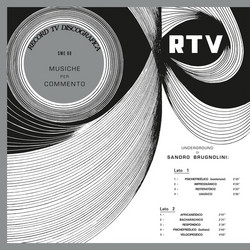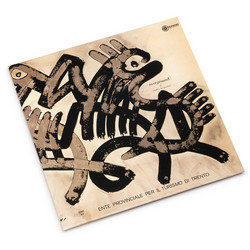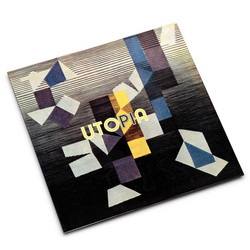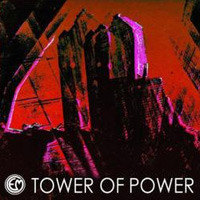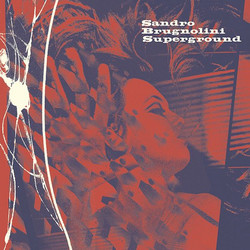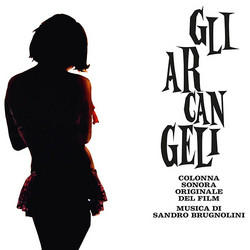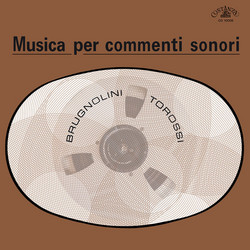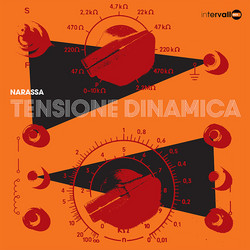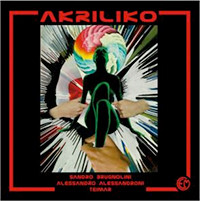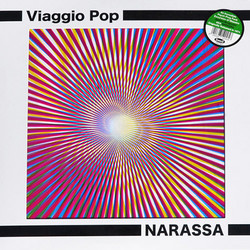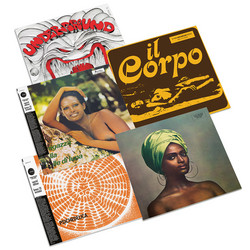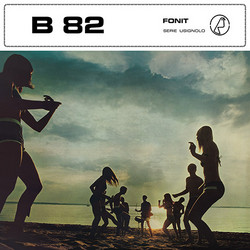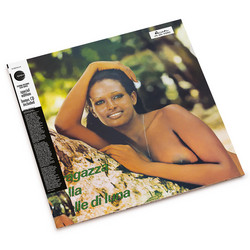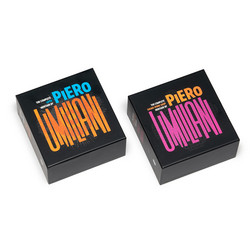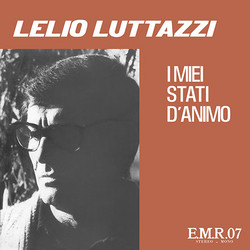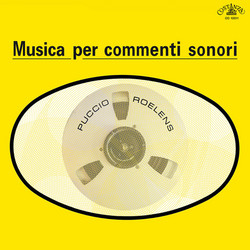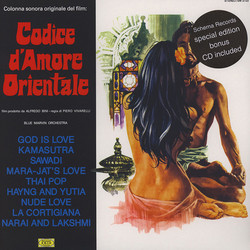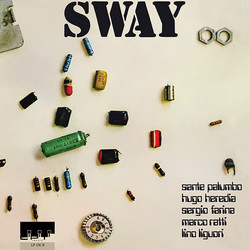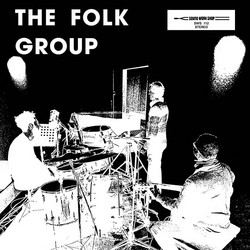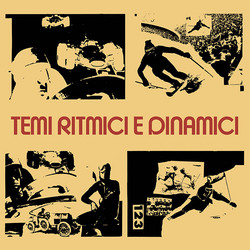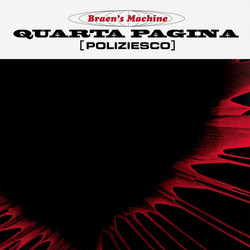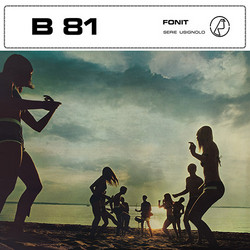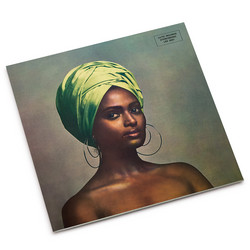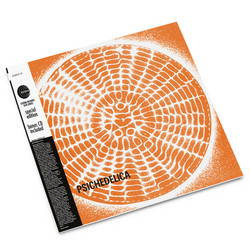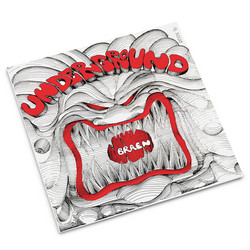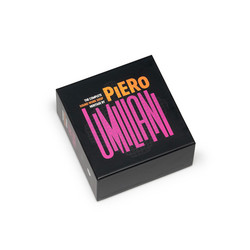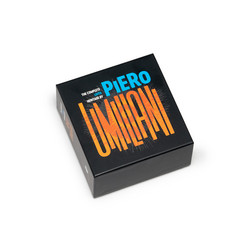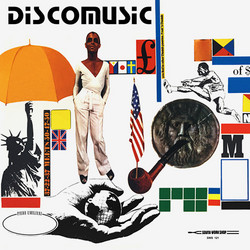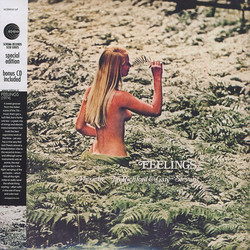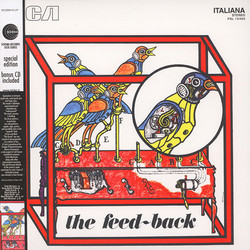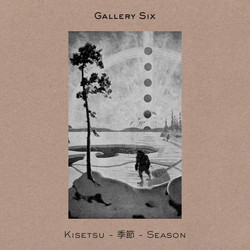Giorgio Carnini, Sandro Brugnolini
Beat Drammatico Underground Pop Elettronico 1973
**CD version** "A fantastic obscure record, whose tracks simply anticipate Techno and generally Electronic music of the early 70s, including Kraftwerk’s milestone Autobahn, Heldon and Lard Free. A mind-melting opera. While Kraftwerk released Ralph & Florian, and about one year before the releasing of the milestone Autobahn, maestros Sandro Brugnolini and Giorgio Carnini were already experimenting the deep sounds of analogue synthesizer ARP 2600.
The set provides some blending Funk tunes driven by Experimental Electronic music, all with a heavy dramatic feel: the result is an unbelievable, unique and explosive library music LP. Beat Drammatico Underground Pop Elettronico is the title that Brugnolini and Carnini adopted for this collection of several TV synchronization themes. What we had is stunning Drama Cop scores and dark Electronic moods, all surrounded by loads of fuzzy vibes and all that weird, Industrial, Futuristic Synth FX and so on... This reissue gives back a long forgotten and obscure session originally released on Fonit label in 1973." - Lorenzo Fabrizi / Sonor Music Editions
"This session was recorded in 1973 in a very small studio called “Axon” in the centre of Rome, which was well equipped with unusual electronic instruments and headed by Ogando – a skilled sound engineer with great musical taste.
These tracks are a rare example of how some protagonists already experimented with the use of avant-garde electronic instruments in “commercial” music production in a period when, from The Beatles and The Rolling Stones to the rock music explosion, they were completely replaced by electric guitars. At that time, these sounds were considered eccentric by most of the critics and the public. My background was in jazz music and I was working as a composer of movie and TV soundtrack. Along with the pianist-organist and classical musician Giorgio Carnini, we decided to take a risk and release our library music merging acoustic sounds and modern vibes.
We did it while experimenting with the sounds of the fabulous ARP 2600 synthesizer – maybe that was the first time it had been used in Italy for commercial purpose. It was the main rival of the more famous Moog, the instrument behind great music of those days.
We delivered part of this library to Fonit, the centre of Rai TV music production of the time, for the Usignolo editions. As Brugnolini-Carnini, we recorded two albums of library music with over 20 tracks each. One of these, the one including the more dramatic tunes, was released as “Fonit Usignolo 7010”: a record we both agree, is being wisely appreciated again, now after over 40 years its original release. The remaining tracks were released under our monikers Narassa and Zanagoria.
For the sake of cohesion, the tracks I wrote appeared on the A-side, and Giorgio’s ones on the flip..." - Sandro Brugnolini
"Those were amazing years. We were excited to experiment new sounds and had an extraordinary instruments at our disposal. In a first moment, synthesizers didn’t allow polyphony, and we worked hard just to connect the various modules, generators, and filters. Sometimes it was necessary to cut several tiny pieces of tape and paste them together to obtain a few seconds of sequences: a lot of work, but what a bliss! What a genuine sound!
I remember one track we called “Bradenbourg Generator”: a sort of bold electronic concerto where I had to play, one by one, all the symphonic parts in following takes and then try to synchronize them with the other tracks. Needless to say, hours of work!
Nowadays everything is simpler: polyphonic instruments, computers, and every kind of automation. However, we’re talking about limited systems, even though they may seem perfect. All sounds are available on digital sound banks, you just need to choose them.
It’s a kind of a default stock of sounds, so it’s hard to find some novelty and creativity. Nostalgia? No, I think this is a rather pragmatic judgment – it was a different age, with a different semantic field, we could explain the difference through the analog versus digital opposition. The same old story: progress often implicates some sacrifices..." - Giorgio Carnini
